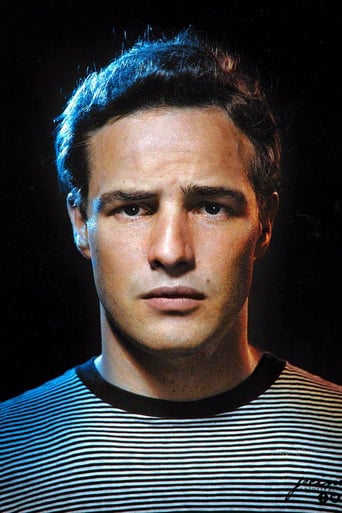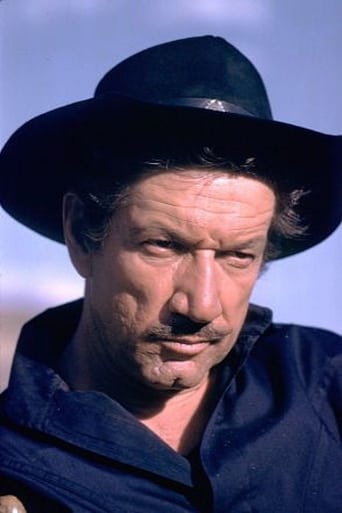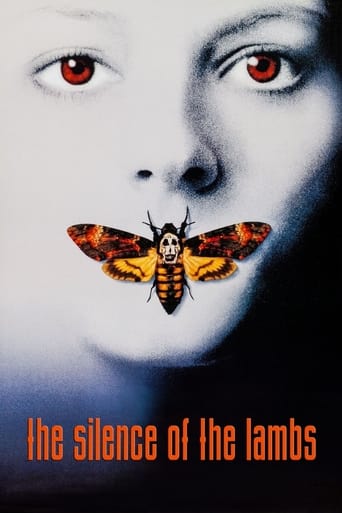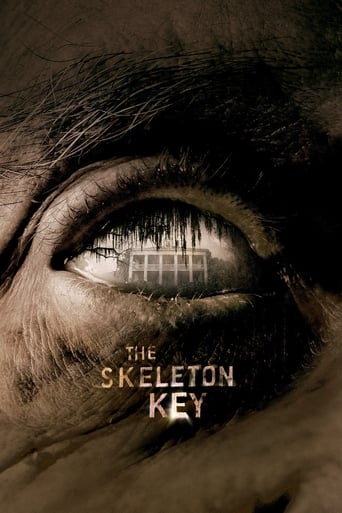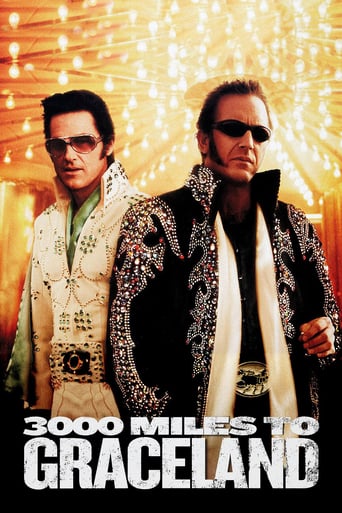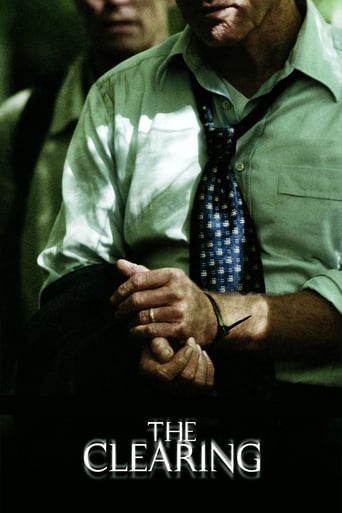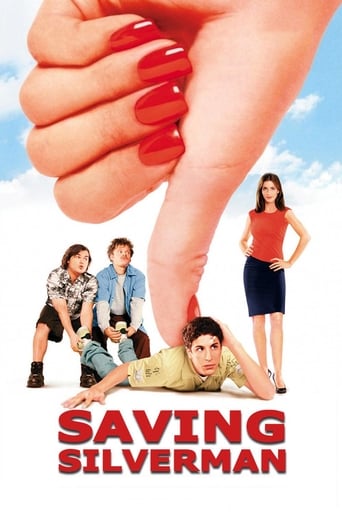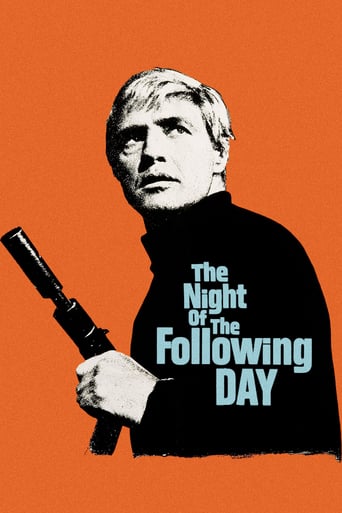
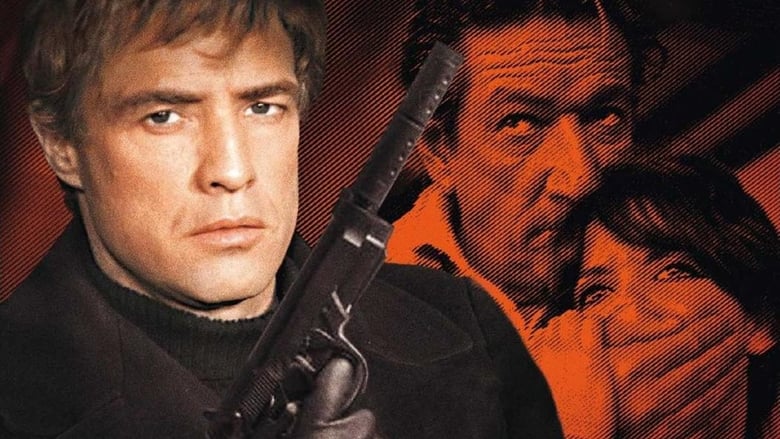
The Night of the Following Day (1969)
A gang of four professional criminals kidnaps a wealthy teenage girl from an airport in Paris in a meticulous plan to extort money from the girl's wealthy father. Holding her prisoner in an isolated beach house, the gang's scheme runs perfectly until their personal demons surface and lead to a series of betrayals.
Watch Trailer
Cast
Similar titles
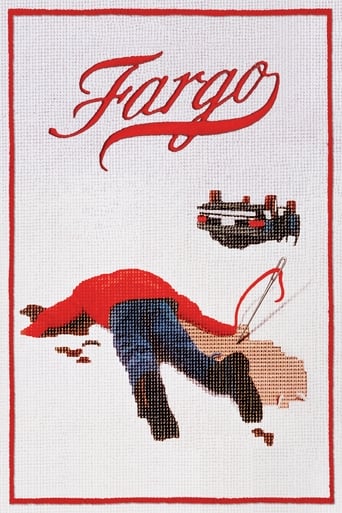
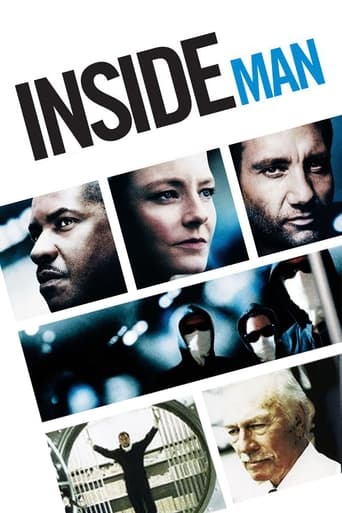
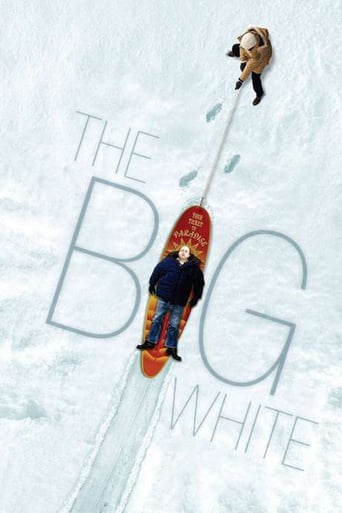
Reviews
Sadly Over-hyped
Just perfect...
Good films always raise compelling questions, whether the format is fiction or documentary fact.
The movie turns out to be a little better than the average. Starting from a romantic formula often seen in the cinema, it ends in the most predictable (and somewhat bland) way.
Released in 1968, "The Night of the Following Day" is a realistic crime drama featuring Brando as one of four professional criminals who kidnap a girl (a teenage Pamela Franklin) and hold up at a beach house in France. Richard Boone stars as the fiendish member, while Jess Hahn plays a likable loser, the brother of the pathetically drug addicted Rita Moreno.At the time of this picture Brando was 44 years old and never looked better physically -- very trim and blond. Brando didn't start getting fat until the later-70's when he was well into his 50's. In other words, people need to quit envisioning Brando as some fat dude; most of his life he wasn't. Most men in their mid-40's would kill to look as good as Brando did at the this age.BOTTOM LINE: Coming from the mid-60s when realism was fashionable this crime thriller is more of a crime drama, but suspense slowly builds to a compelling final act, which shows that crime doesn't pay, but people are redeemable if they qualify. There's also an unexpected twist that was fresh at the time, but is now eye-rolling.The film was shot during generally cloudy conditions in France and runs a short but sweet 93 minutes.GRADE: B-
Marlon Brando is among a group of no-goodniks who put the snatch on a British heiress, seventeen-year-old Pamela Franklin, in France. The other kidnappers include Rita Moreno, Jess Hahn, and Richard Boone.You can tell right away that Boone is going to be the standout villain of this edgy piece. His face resembles something a child might rudely plaster together out of lumps of modeling clay. The pock marks, pustules, ill-placed dimples, and other blemishes would have to be added later by a more accomplished sculptor. Boone has a habit of pursing his lips and tucking his tongue into his cheek while he squints, as if examining a loose tooth. His very laugh is a hoarse, smoke-cured cackle.The movie maybe should have been all about Boone. He doesn't have to do more than wander around peering through shop windows and having coffee at a couple of sidewalk cafés in Paris in order to keep our interest.Unfortunately, the movie has a plot and the plot torpedoes it and it sinks with all hands. The model here is the gang that gets together to pull off some caper, with some tension between the members, and a final shot at a double cross. Sometimes the plot is relatively simple, as in "Ronin" or "Odds Against Tomorrow", and sometimes it turns positively rococo, as in David Mamet's "Heist." But the rule is that everyone in the gang, for reasons of his own, must pull together until enough tension is generated to precipitate the final violent confrontation.Not here. The gang is holed up with its captive in a pretty cottage on the bare and windswept coast of the English channel. Franklin has been warned never to step outside. But, thinking everyone is asleep, she tiptoes down the stairs and tries to step over the slumbering figure of Boone. Boone grabs her ankle, she shrieks, and he peeks up her tiny skirt. Then Boone shouts at Franklin and shakes her a bit before Brando appears and puts a stop to it, sending Franklin back upstairs to bed.Next scene: Brando is arguing with his friend, Jess Hahn, slamming the kitchen table and accusing Boone of being "psycho", of having slapped Franklin around, of punching her, of slamming her head against the wall. The audience has seen no such thing. The discontinuity between what actually happened and Brando's fantastic description of it makes one wonder exactly who is "psycho" around here. Of course it's true that Boone did peek up her skirt but who wouldn't? Pamela Franklin is so yummy that any perfectly normal man might be excused for wanting to nibble her kneecap. Who does Brando think he is, anyway -- judging people so freely? It's not as if HIS escutcheon were without blots.In fact, though, Brando is pretty good with this unchallenging material. This is not the obese Brando of later years. He's tan and fit, his jaw robust, his lips tiny, and he paces along with a stride that perfectly blends insouciance with purposiveness. He's a man here who knows where he's going, although he must have wondered from time to time how he wound up in this picture. The director, Hubert Cornfield, certainly wondered. Brando refused to do some scenes, showed up drunk for another, and demanded direction from Richard Boone for another.The scene directed by Boone is the kitchen argument between Brando and his friend Hahn. Aside from the fact that it comes far too soon in the scenario -- I mean, they've only just kidnapped the girl that day and Brando is already fed up with the scheme and thinks it will fail because of Boone -- it lasts too long and gives Jess Hahn an opportunity to prove that he may be a great and bulky screen presence like some other supporting players, but he just can't act. Rita Moreno does better but she's stuck with this tar baby too.Cornfield ends the movie as he began it, with Pamela Franklin waking up aboard an airplane about to land in Paris. He says he got the idea from a British film called "The Dead of Night." I don't doubt him. The problem is that this roundabout business BELONGS in a nightmare like "Dead of Night," just as it belonged in a life-course novel like "Finnegans Wake." But what is it doing in a caper movie? What's the point? What was Cornfield thinking -- or was he thinking at all? Imagine if, in "The Asphalt Jungle", Sterling Hayden woke up and it was all a dream and the movie started all over at the beginning. Well?
I haven't watched any other films directed by Cornfield, but if they are all blessed with this subtle pacing, I'm going to consider it. The only other adaptation of a Lionel White story I've seen was The Killing, and obviously Kubrick is not easy to equal, meanwhile, this is actually quite well-done. There's an underlying vague tension throughout this, and a feeling of unpredictability that pays off. This is not for those who need something to happen often, or for flicks to move speedily. The atmosphere is pretty good, and the gradual build-up is marvelous. This has rather great acting, Brando and Moreno in particular. The minimal cast works exceptionally well, and aids the sense of isolation. I'm not sure what to think of the ending... I've read several theories, and I suppose in the end, what you want to believe it means is up to the individual. In any case, apart from it, this is an entertaining movie, and worth watching. There is infrequent strong language and disturbing content, if this is seldom terribly graphic. Apart from text features, the DVD comes with trailers for no less than 17(!) other releases, apart from this one(for a total of 18). I recommend this to fans of crime-thrillers and/or those who made it, provided you aren't too squeamish. 7/10
This is one of weirdest of film projects Marlon Brando ever got himself involved in. I'm still trying to figure out the point of it all.The Night of the Following Day was shot in France and it involves rich, young, and pretty Pamela Franklin being kidnapped and held for ransom. As is the usual the initial snatch goes off like clockwork, but the plan after that just doesn't come off.Jess Hahn, American expatriate actor, is the leader of the group that includes his sister Rita Moreno, Marlon Brando, and Richard Boone. Moreno is a junkie, a little trip with some nose candy and Brando and Hahn are left waiting at Orly Airport. An obliging POLICEMAN actually gives them a lift.In the meantime Richard Boone who's never bad even in the worst films is getting some lascivious desires about Franklin. Brando's got reason to be concerned about him.Al Lettieri plays a small role as a pilot who's also part of the plan and his work here led Brando to push for him with Francis Ford Coppola to give him a breakthrough role as Virgil Sollozo in The Godfather.I think the American players did this one for a hefty paycheck and a trip to Paris. There have been worse reasons for doing a film.As for its meaning, don't want to give anything away, but think Dallas as you're watching it.
